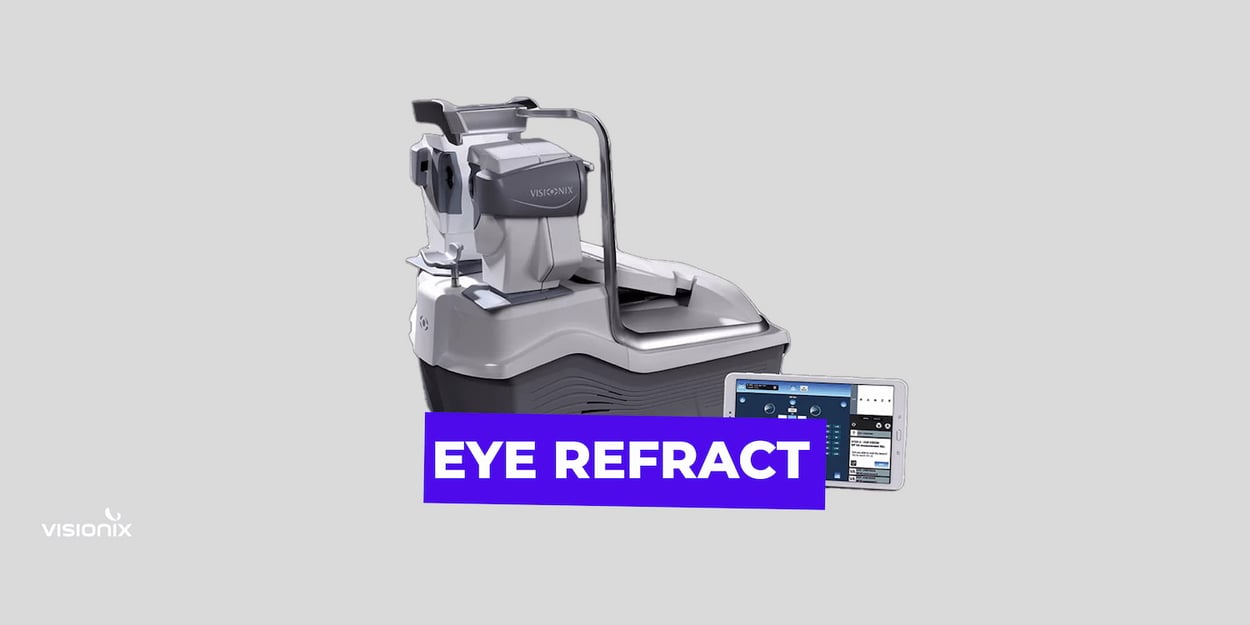Algorithm based subjective refraction compared to conventional subjective refraction
OPHTHALMOLOGY
The original article was published in Investigative Ophthalmology & Visual Science.

Abstract
In summary, the algorithm-based subjective refraction promises comparable accuracy of the refraction results, but with significantly reduced examination time. In addition, the simple operation and questioning technique of the application requires only basic specialized knowledge from the examiner. Thus, the algorithm-based method can be considered serious competition to conventional subjective refraction.
Purpose: The aim of the study was to investigate a novel device (Eye Refract, Visionix) for determining refraction using an algorithm-based (AB) approach, coupled with a binocular aberrometer. The results were compared to a conventional subjective refraction (SR) and a commercially available aberrometer (DNEye Scanner 2, Rodenstock GmbH).
Methods: We performed a prospective, single-blind cross-sectional study with 140 subjects (76 female, 64 male, 280 eyes, mean age 33.63 ± 12.06 years, 17 – 64 years). We measured subjective refractions (AB and SR), objective refractions with both devices, binocular BCVA, examination time and satisfaction of the subjects with the diferent refraction status.
Results: Mean differences between the two subjective methods (AB and SR) were M = - 0.04 D, J0 = 0.005 D and J45 = -0.004 D. None of these differences were statistically significant (p = 0.08, 0.41, 0.42 respectively). The objective refraction showed a difference mainly in spherical equivalent (ΔM = 0.20D, p < 0.01, ΔJ0 = -0.02D , p = 0.08, ΔJ45 = -0.02D , p = 0.02). The BCVA with the subjective refractions showed a difference of 0.01 logMAR (p = 0.011). The two methods differed significantly with respect to the examination time (Δ time = - 3.15 min, p < 0.001, 2.19 ± 0.90 min. (AB), 5.34 ± 1.71 min. (SR)). The satisfaction of the subjects with the refraction result differed by 1.02 points, p < 0.001 (AB: 5.69 ± 2.32 points, SR: 6.71 ± 2.18 points out of 10).
Conclusions: Our data show no difference between the AB refraction values and SR. Visual acuity and satisfaction can be slightly increased with the SR method but requires at least double the examination time.
